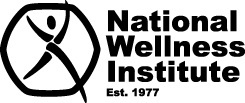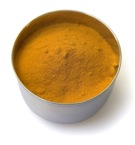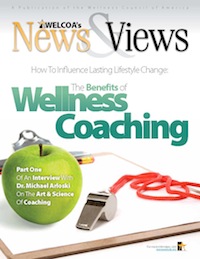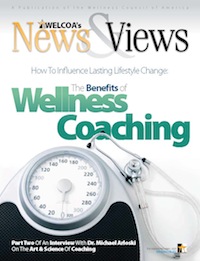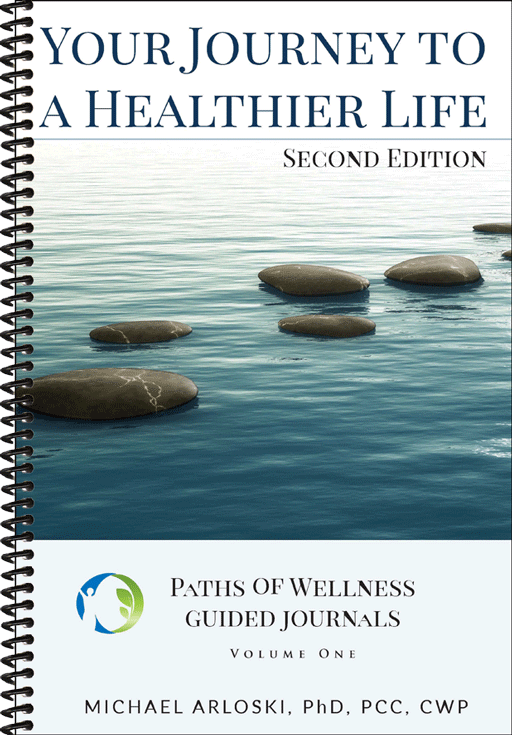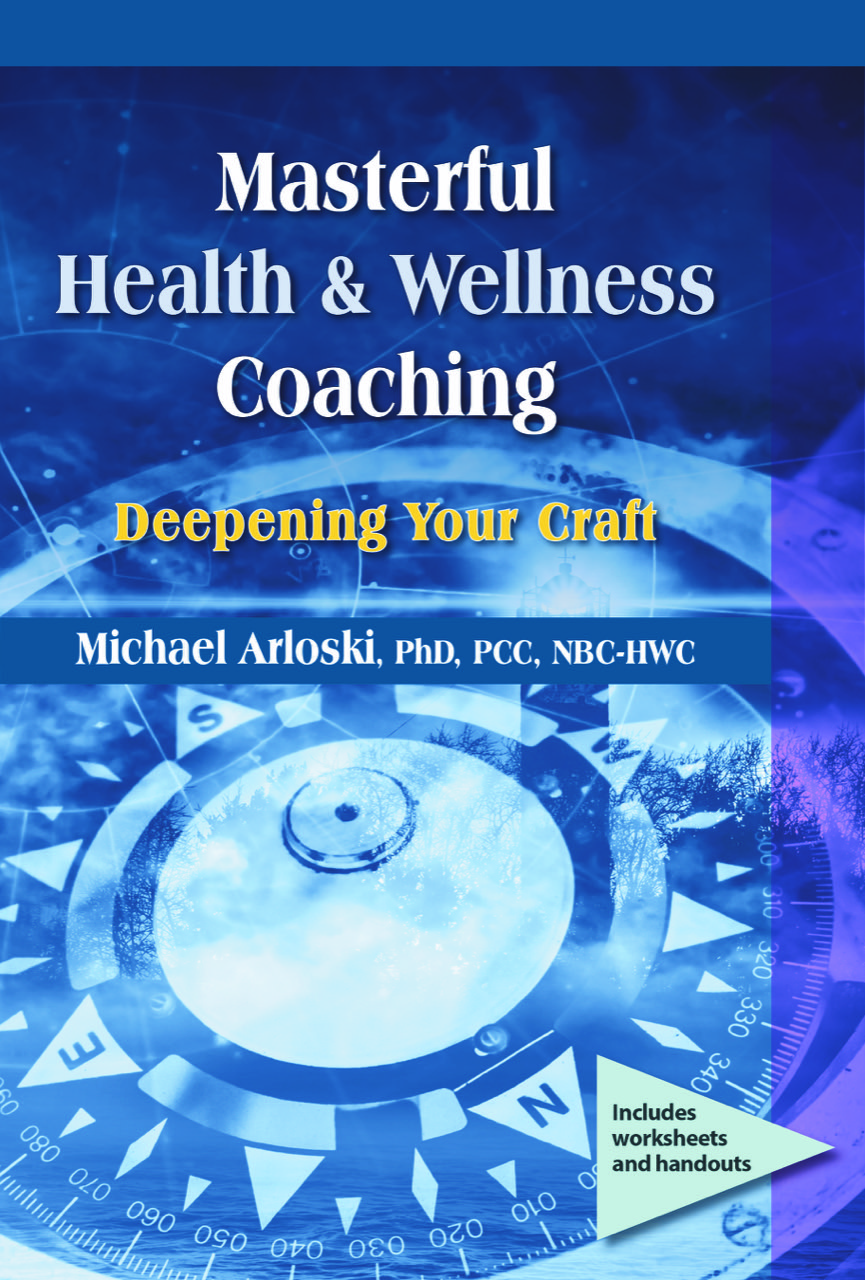Healt Turmeric is native to Asia, where it grows as a perennial flowering plant. The aboveground and underground roots are used to produce turmeric powder for medicinal and food uses. With its distinct golden hue, turmeric is used as a food color and as a spice or flavor enhancer. Of note, turmeric is one of the principle ingredients in curry powder. The active ingredient in turmeric is a substance known as curcumin, which belongs to the family of curcuminoid compounds. Research Shows Astonishing Disease Fighting Power of Turmeric Dr. Bharat Aggarwal, a professor in the Department of Experimental Therapeutics at the University of Texas M.D. Anderson Cancer Center, has been studying the spice for several decades. “It has enormous potential. It is safe. It has been around for a long, long time; and for the first time, I think we have evidence that it may be working as well, “ he said. Turmeric holds a high place in Ayurvedic medicine as a "cleanser of the body" and today science is finding a growing list of disease conditions which turmeric's active ingredient heals. Broad interest in curcumin's anti-inflammatory effects is increasing. Hundred’s of laboratory and animal studies have shows that the substance curcumin (in turmeric) kills a wide variety of cancer cells including colon, breast, prostate, pancreatic, brain and melanoma and slows tumor growth as well. The preclinical research has taken the spice from the lab to the clinic. “ We have shown that a wide variety of tumor cells can be selectively killed by curcumin, and it does not kill the normal cells but will kill only the cancer cells. There are no known side affects in people,” he said. Aggarwal said he has gradually given cancer patients up to 500 mg a day without side affects. While phase 1 & II clinical trials have been small, 40 have been completed and 40 more are ongoing. Aggarwal believes the spice has a promising future as an inexpensive, nontoxic cancer preventative agent and treatment. “We are of the opinion that inflammation causes cancer, and if you can inhibit inflammation, you can prevent or even treat cancer. We have found that spices are some of the best anti-inflammatory agents available,” Aggarwal said.
|
|
|
|||||||||||||
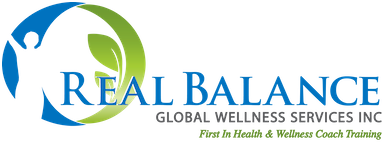


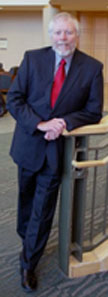 What is
What is  Heinrichs, put forth the problem of how what we call a “nurse” can be anyone from a person with a two-year degree to someone with their doctorate in nursing. Most men don’t even consider becoming nurses because of how “nurses” are viewed. Highly qualified nurses are fast filling vital roles in the healthcare world and yet we have no way to distinguish them by title. I found this interesting article also relevant to wellness coaching field. We have all sorts of people with highly diverse backgrounds and training calling themselves and being called “wellness coaches” or “health coaches”. Some have completed training from ICF accredited training programs and have added specific training in wellness coaching to their preparation (such as that offered through Real Balance Global Wellness Services). Others have listened to a CD and read a book, or simply been told by their supervisor that they are no longer only a nurse, health educator or dietician, they have been magically transformed into a “wellness coach”!
Heinrichs, put forth the problem of how what we call a “nurse” can be anyone from a person with a two-year degree to someone with their doctorate in nursing. Most men don’t even consider becoming nurses because of how “nurses” are viewed. Highly qualified nurses are fast filling vital roles in the healthcare world and yet we have no way to distinguish them by title. I found this interesting article also relevant to wellness coaching field. We have all sorts of people with highly diverse backgrounds and training calling themselves and being called “wellness coaches” or “health coaches”. Some have completed training from ICF accredited training programs and have added specific training in wellness coaching to their preparation (such as that offered through Real Balance Global Wellness Services). Others have listened to a CD and read a book, or simply been told by their supervisor that they are no longer only a nurse, health educator or dietician, they have been magically transformed into a “wellness coach”! g Executive Forum in Orlando was a “small but mighty” conference bringing together some of the field’s leading thinkers with executives and coaches from across the health industry. The Keynote Panel kicked off the event with a unified presentation “Examining Evidence-Based Core Coaching Competencies that Support Quality Coaching to Clarify Today’s Confusing Landscape in Healthcare”. Despite t he daunting task they managed to cover it well and began by exploring the pressing question of standardization and credentialing for wellness and health coaches. Panelists included Margaret Moore of Wellcoaches, Michael Arloski of Real Balance Global Wellness Services llc, Karen Lawson of The University of Minnesota, and Ruth Wolever of Duke University.
g Executive Forum in Orlando was a “small but mighty” conference bringing together some of the field’s leading thinkers with executives and coaches from across the health industry. The Keynote Panel kicked off the event with a unified presentation “Examining Evidence-Based Core Coaching Competencies that Support Quality Coaching to Clarify Today’s Confusing Landscape in Healthcare”. Despite t he daunting task they managed to cover it well and began by exploring the pressing question of standardization and credentialing for wellness and health coaches. Panelists included Margaret Moore of Wellcoaches, Michael Arloski of Real Balance Global Wellness Services llc, Karen Lawson of The University of Minnesota, and Ruth Wolever of Duke University.


